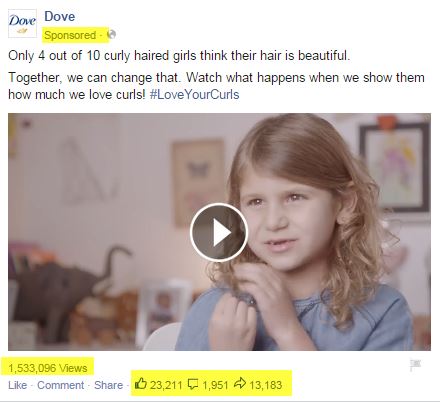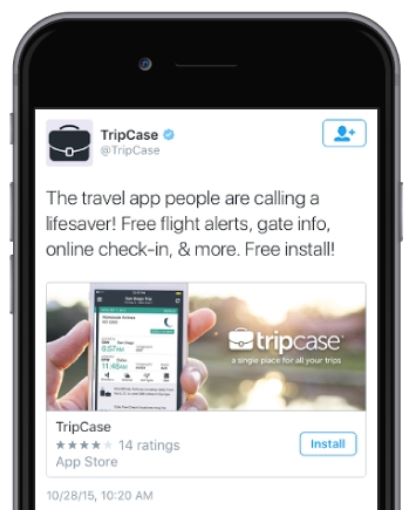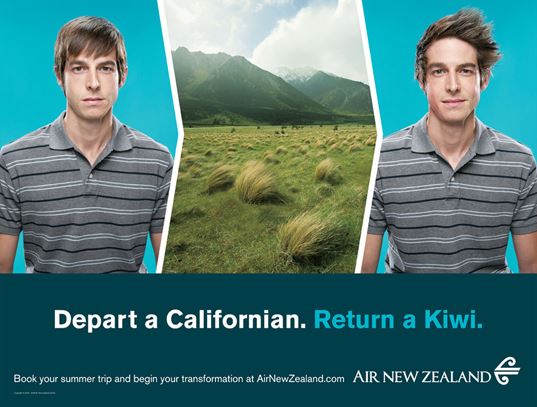Social media has grown and developed enormously over the past few years – for businesses as well as for people. Social media platforms are now spaces where companies can promote themselves and engage with their customers like never before.
As a leisure and tourism company, you can now use paid social media advertising to attract visitors to your exciting destinations and increase your conversion rates.
In this article we explain exactly why paid social is such an important strategy today, and why it performs well for so many destination marketing campaigns around the world.
Brand Awareness
Social ads help to increase brand awareness, because more people learn about your business and will be more likely to engage with it in the future once they begin to recognise you. Ads like this shouldn’t necessarily aim to generate sales or increase conversion rates – at least not immediately; they are more broad and they simply aim to ensure that more people know about your business.
But don’t be put off by this. Just because your ad doesn’t bring in plenty of sales right away, that doesn’t mean creating the ad has been a waste of money. Ads like this are perfect if you’re hoping to reach more people at the top of the funnel: those who won’t necessarily buy from you straight away but may do in the future after becoming more familiar with your brand.
So if you’re creating an ad to improve brand awareness, the style of your ad should be quite broad too. The ad should focus on just an image or a video that encapsulates your brand persona, rather than promoting a specific product or service.
For example, Air New Zealand increased its brand awareness with a recent campaign that encouraged Californians to visit New Zealand. By using images, humour and a snappy strapline, Air New Zealand made people more aware of their brand without specifically promoting an offer or a flight.
Targeting the Right Audience
Social ads also allow you to target specific audiences, so you can reach people who love your brand already but you can also advertise to potential new customers too. Firstly, it’s important to choose the right social media platform for you.
There are more than 1.94 billion monthly active Facebook users around the world, and 82% of 18-29-year-olds use Facebook more than any other social media platform – so it’s ideal if you’re targeting younger audiences. Twitter has more than 750 million members, and users are mainly 18-29 years old too. The majority of LinkedIn’s 450 million members are aged 18-65, so that platform is probably the most suitable if you’re a B2B company and you’re targeting professionals of all ages.
Once you’ve decided on the right platform, you can target your ads to reach precise audiences. For example, across all platforms you can target people based on their gender, age, occupation and interests. On Facebook, you can even target people who are likely to encounter key life events, such as moving home, changing job, and celebrating important anniversaries.
So if you’re a travel company, for example, you can advertise special wedding anniversary packages to couples, honeymoons to newlyweds, and group holidays to under-25s. By targeting your ads like this on the right platforms, you can make sure that you’re reaching the right people who are most likely to buy from you eventually.
Social Engagement
If you’re looking to improve your overall social engagement, social ads are a wise place to start. Social engagement covers everything from views and shares to likes and reactions. Videos in particular receive plenty of social engagement across all social channels, and if they’re boosted by ads, they can receive even more.
According to the social media tool Quintly, Facebook videos receive, on average, 62% more engagement than posts or adverts featuring images – and when those videos are promoted through ads, engagement increases even more.
Make sure that your videos are engaging as soon as they begin – you can achieve this by delivering an emotive message, or by keeping the viewer guessing about what will happen in the video.
There are other simple but effective things you can do to ensure that your video ads receive high engagement too. By just adding good thumbnails and targeting the ads well – for example, by only targeting mobile devices when they’re connected to WiFi – you can ensure that your ads are optimised and have the best chance of maximising engagement.
Dove recently ran a Facebook ad campaign that was both emotive and well optimised. The campaign featured young girls with curly hair and had the strapline “Only 4 out of 10 curly haired girls think their hair is beautiful.” By creating such an emotive video and boosting it with some paid Facebook advertising, the video was a huge success and received plenty of engagement.

Increasing Conversions
Improving brand awareness, increasing social engagement, and making sure that you target the right audiences are all essential goals for your business – and social media advertising can help you to achieve all of them. Of course, after investing in these adverts, your company will want to see a return on that investment by seeing an increase in conversions and sales.
You can make sure that you’re creating the right ads and increasing conversions by using Twitter tracking. This will show you how your spend contributes to specific goals like conversions, it will reveal which kind of ads are working the best for you, and it will show which devices your target audiences are most likely to interact with your ads on.
Tripcase is a good example of a travel company that used Twitter advertising to target the right audiences and thereby increase conversions. Tripcase is a free app allows travellers to manage and organise their trips in a single, convenient place that provides services like online check-in, itinerary planning and messaging. The company targeted 18-25-year-olds from all around the world who use Android and iOS devices, and found that people who downloaded the app from Twitter were 25% more likely to be engaged with the app and use it on a regular basis. So not only did Twitter advertising increase sales, it also increased app engagement and ensured that more people were using the app frequently.

Using Paid Social in Your Digital Marketing Strategy
There are many benefits to using paid social. Whether you want to improve your brand awareness or increase your conversions during a period of low sales, paid social can promote your brand to new and existing customers as part of a well-structured destination marketing strategy. So whatever your digital strategy is this year, make sure you look into the benefits of paid social and how it can give a real boost to your business.






